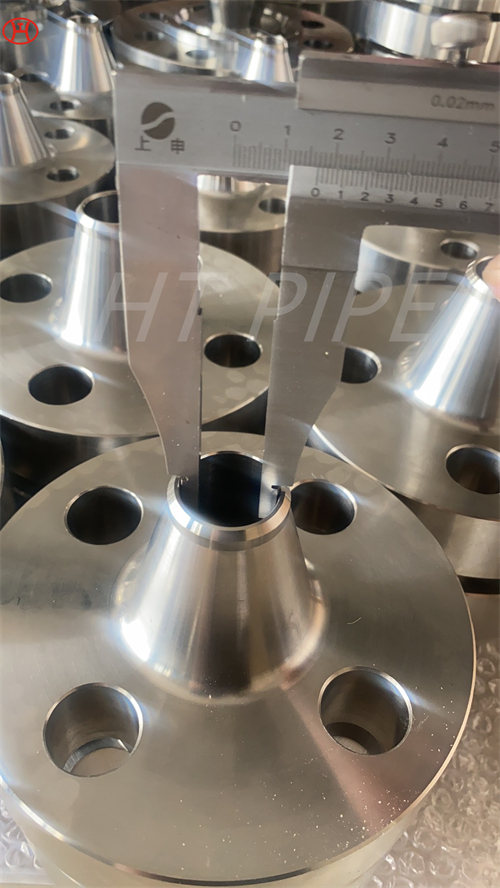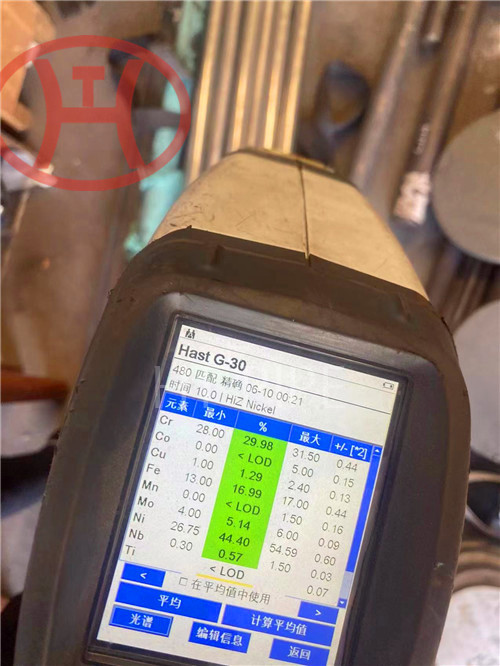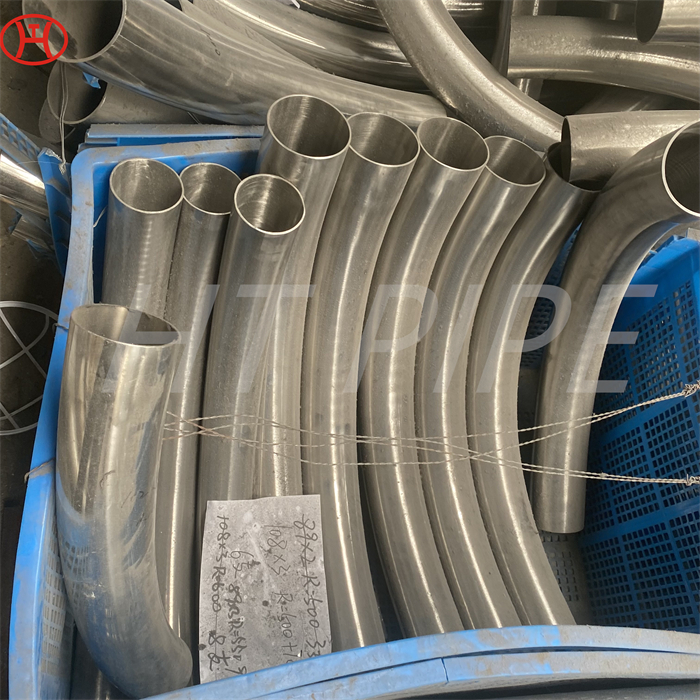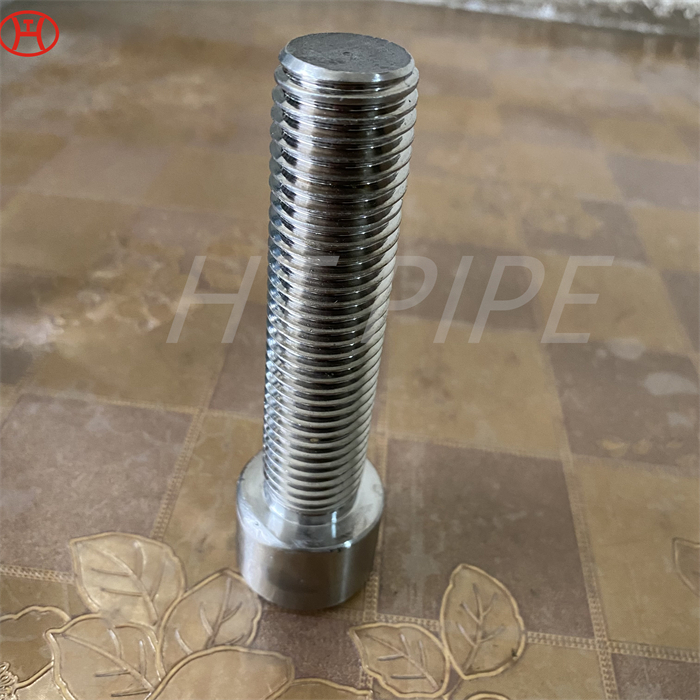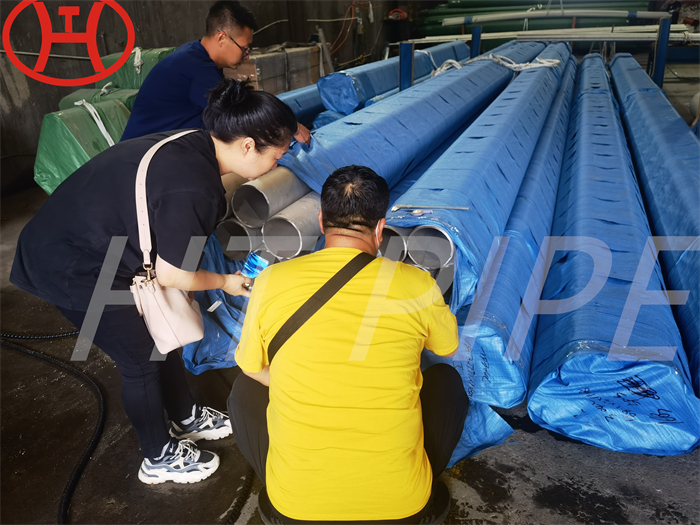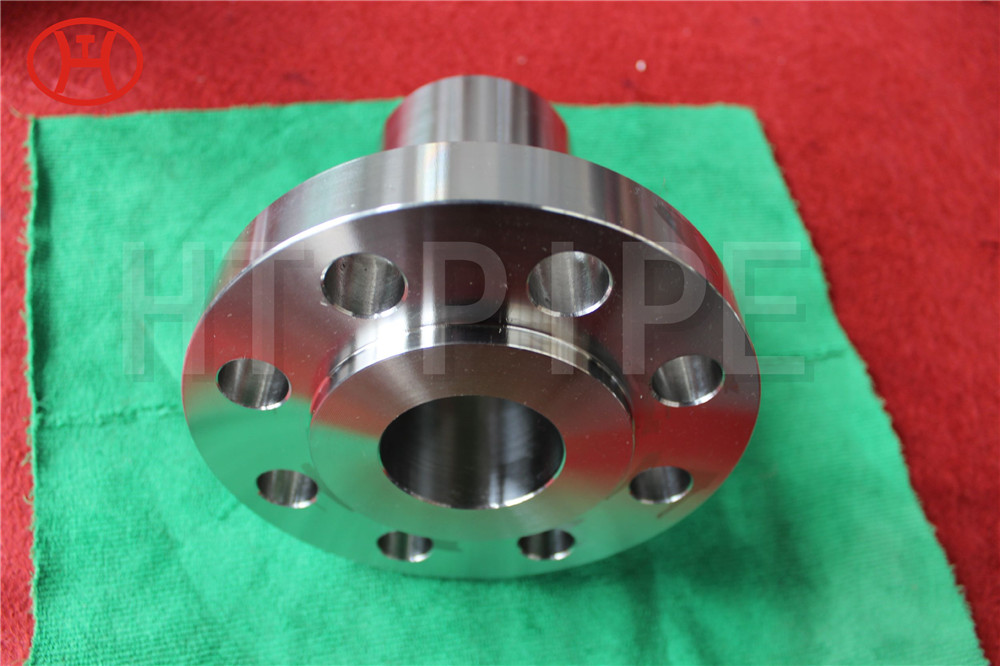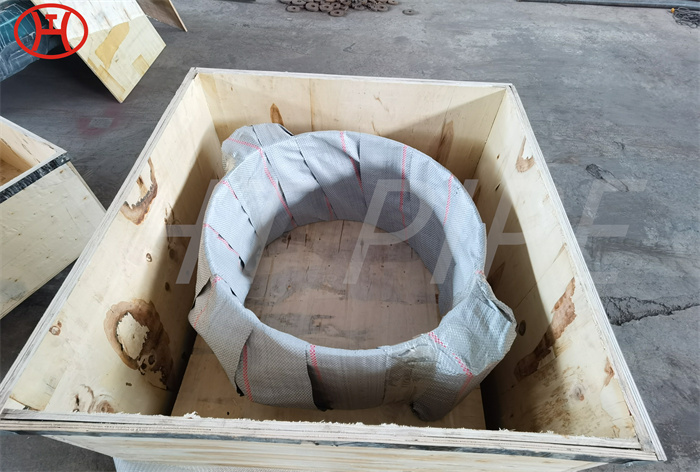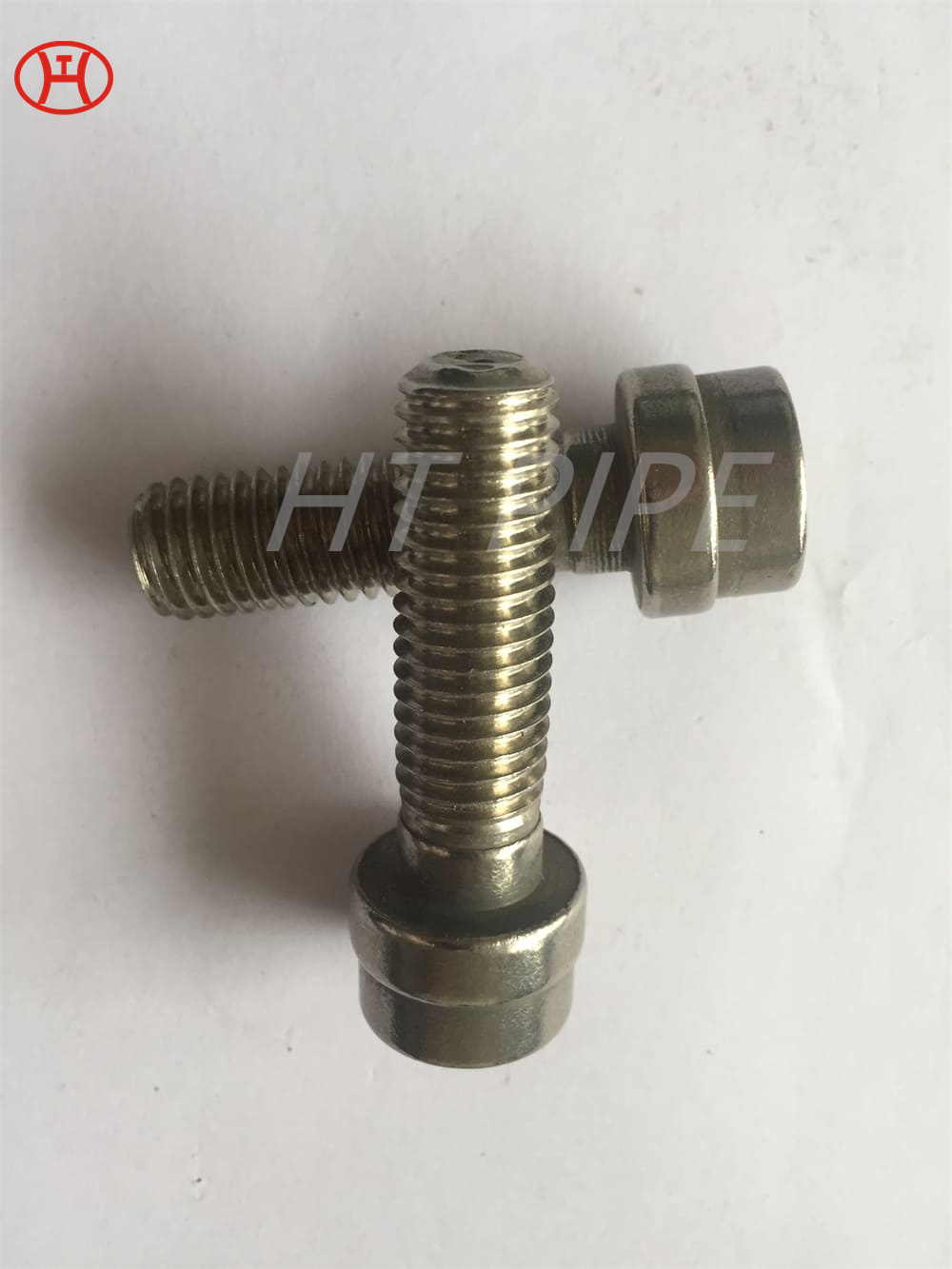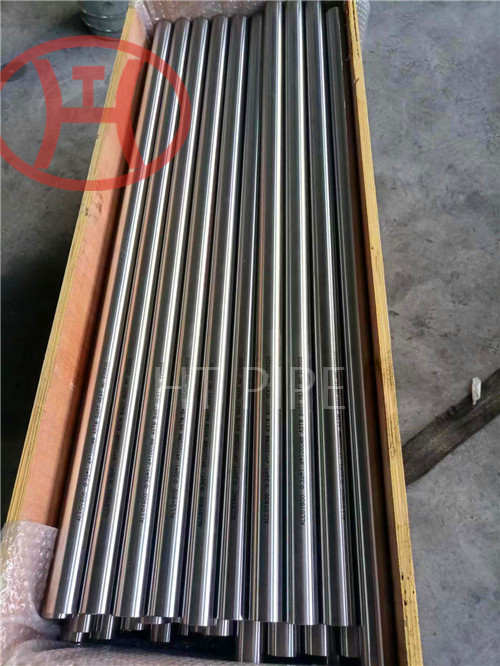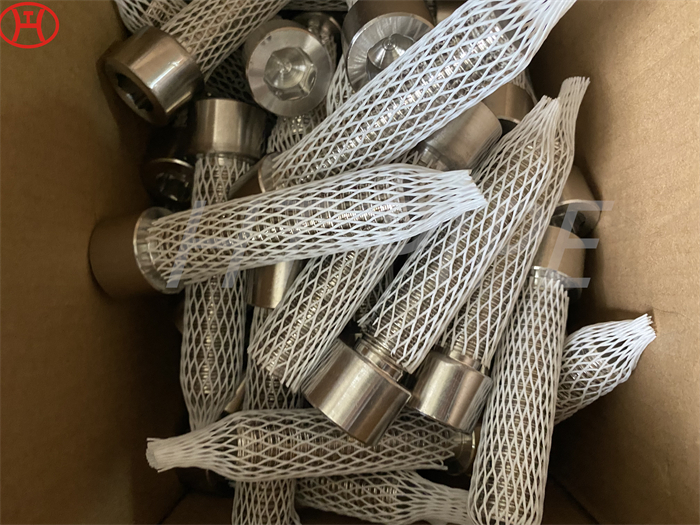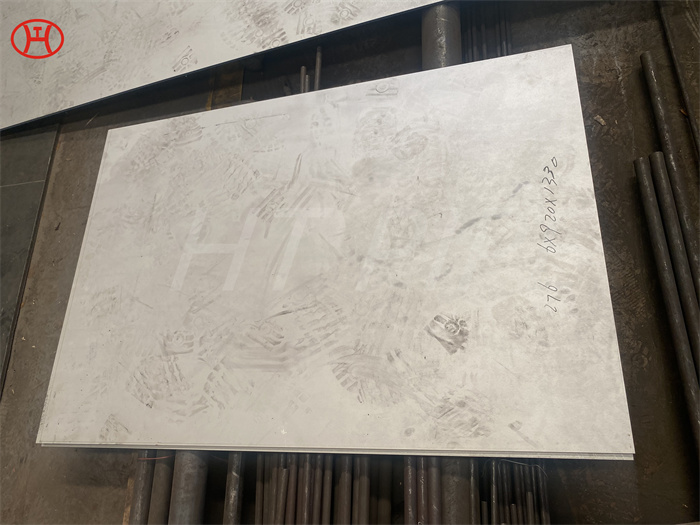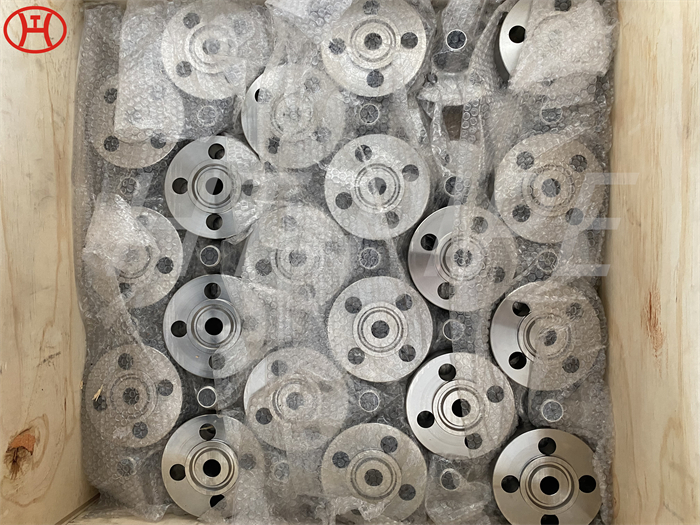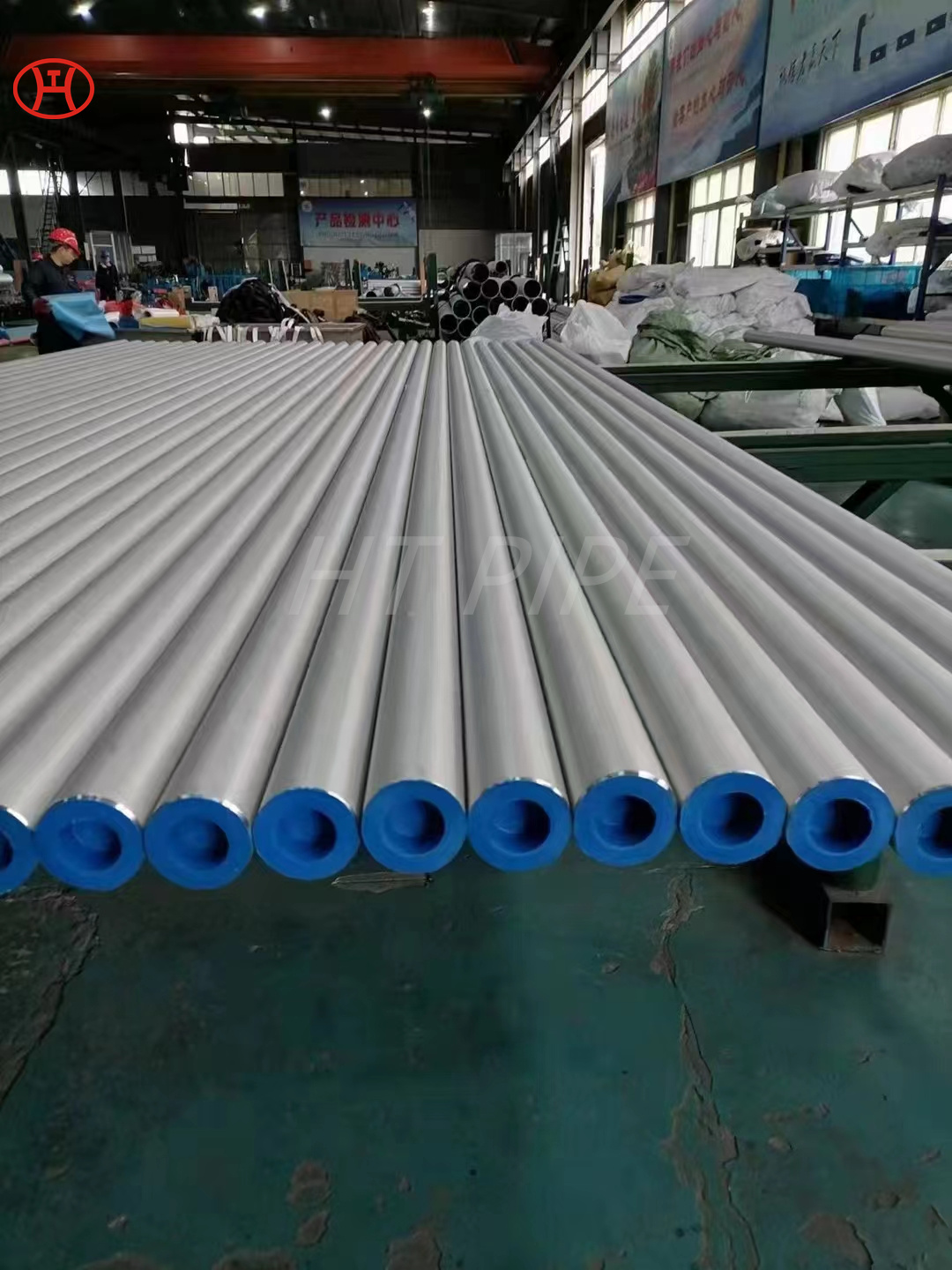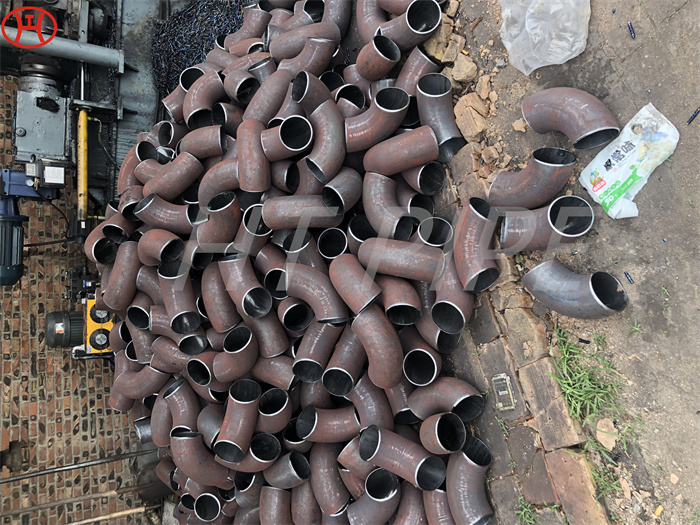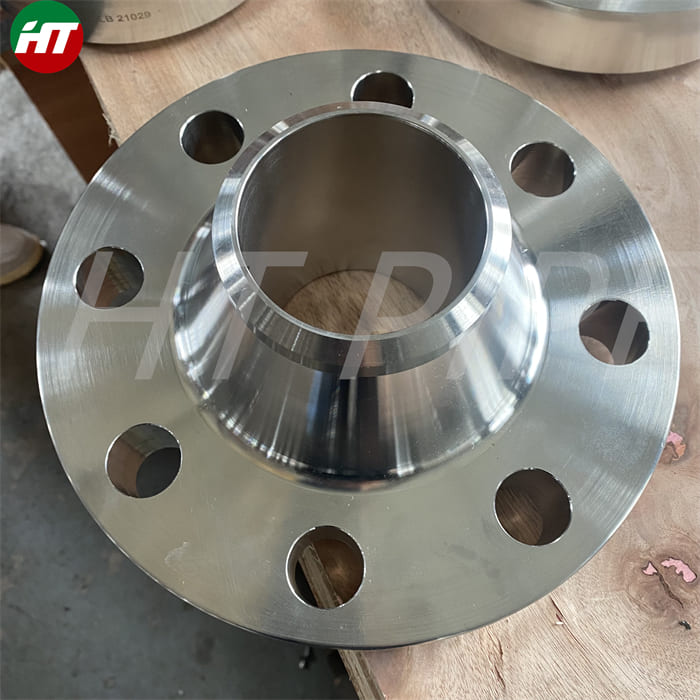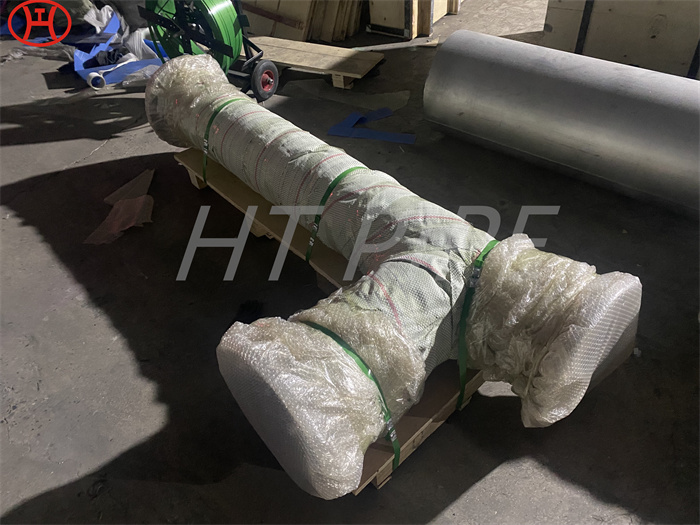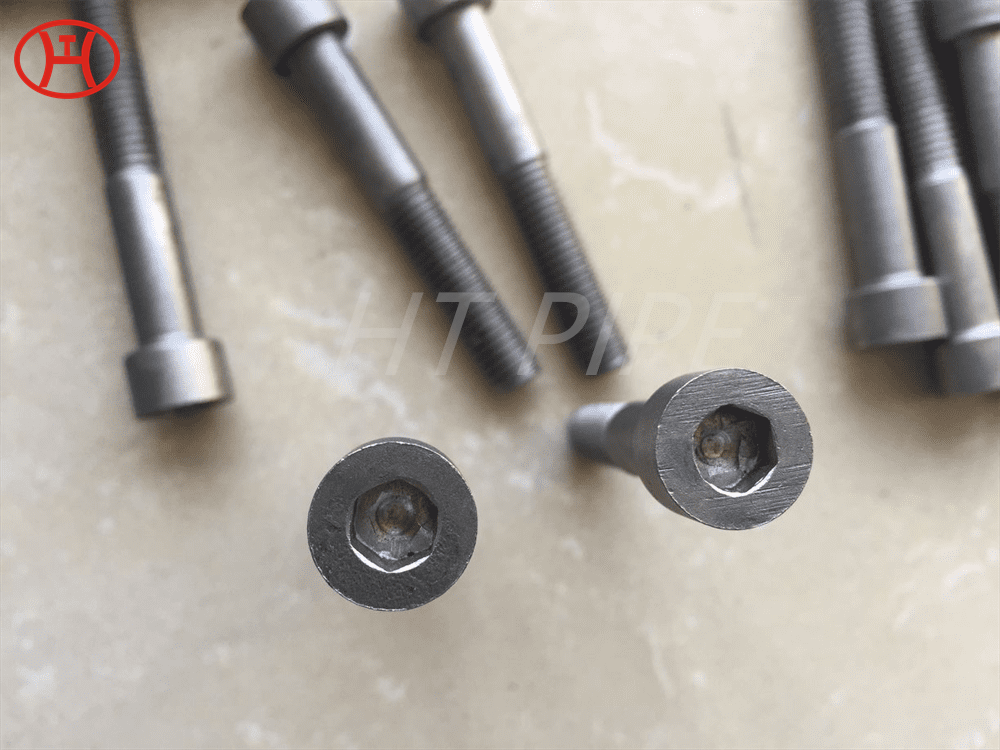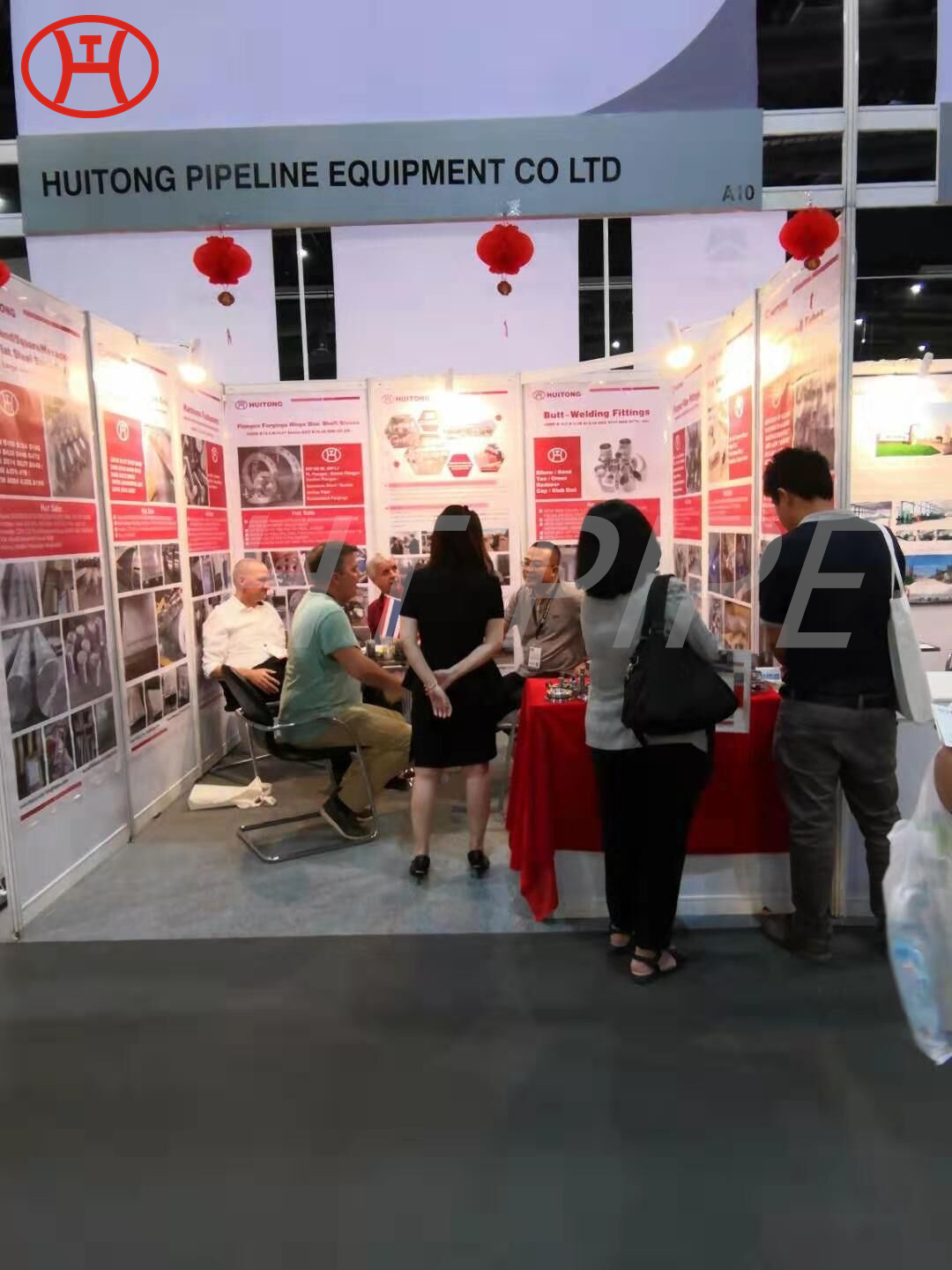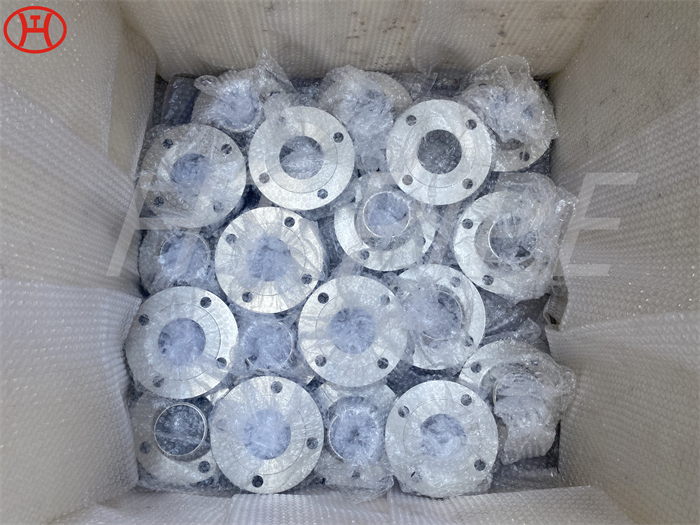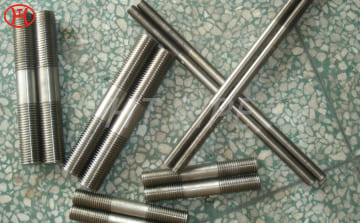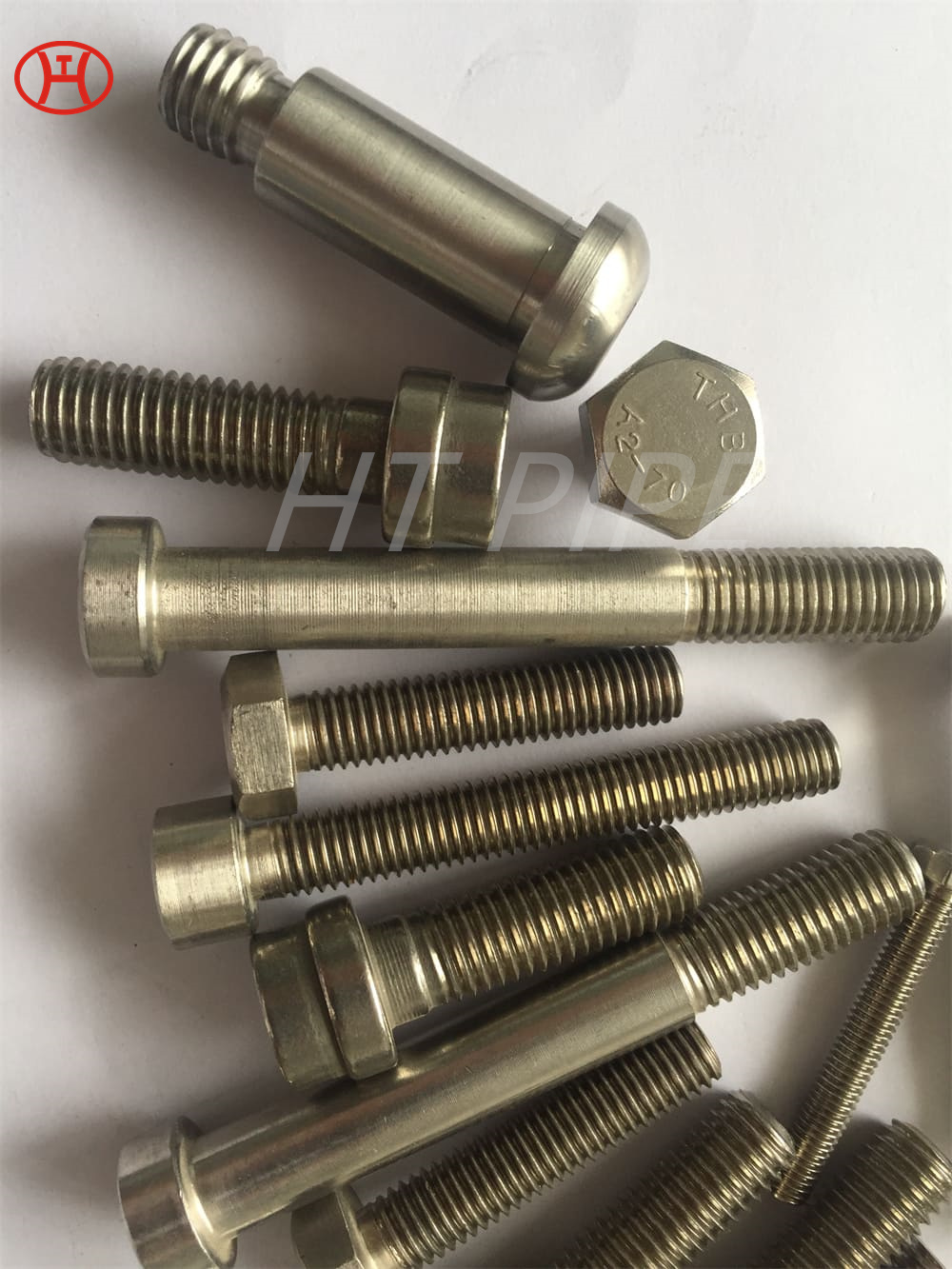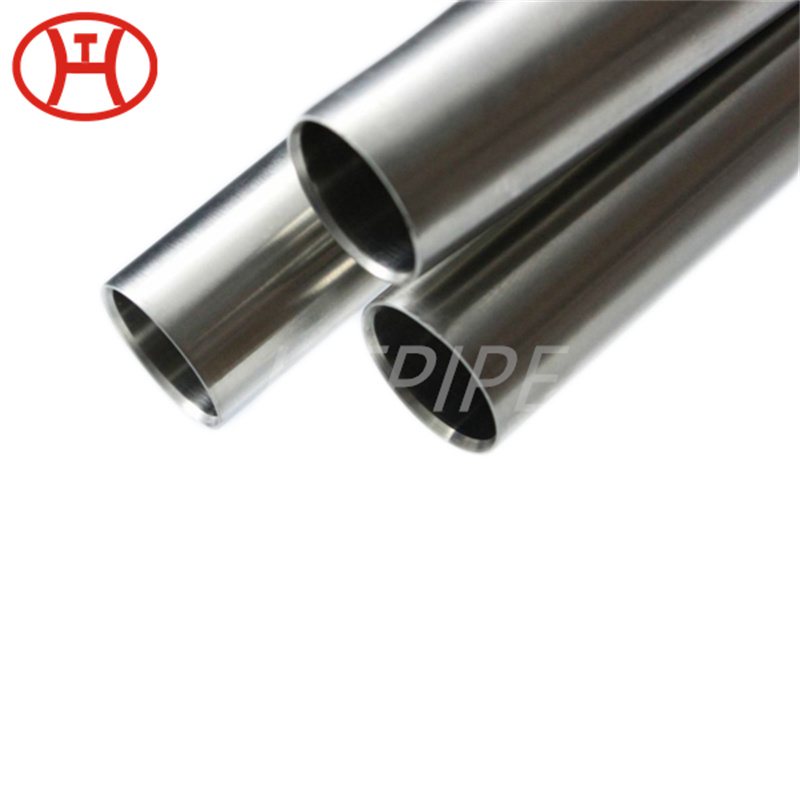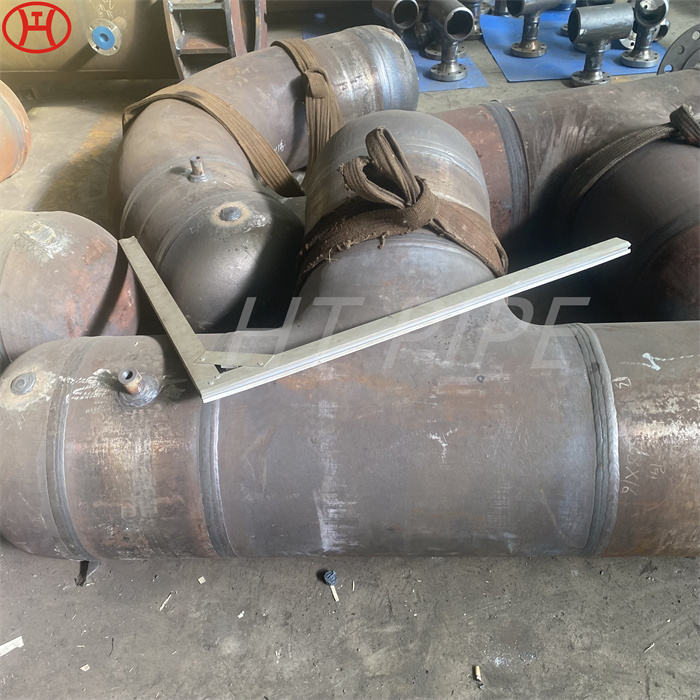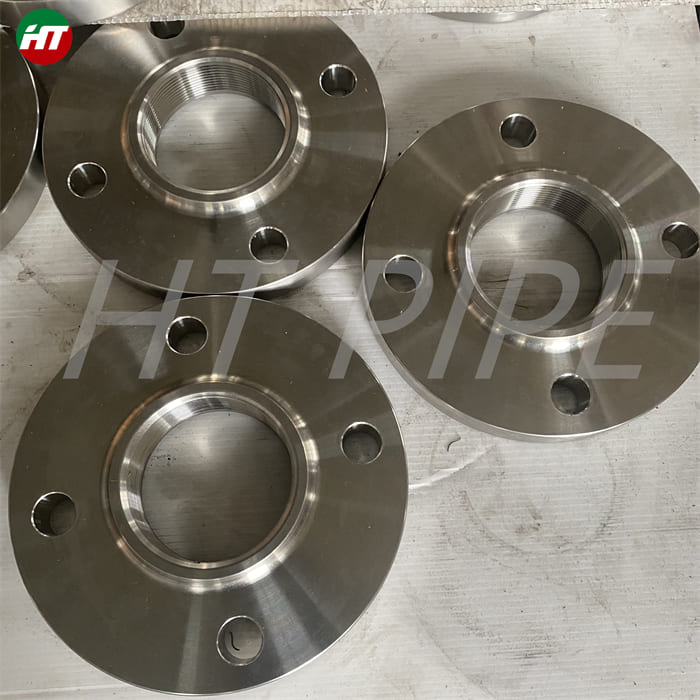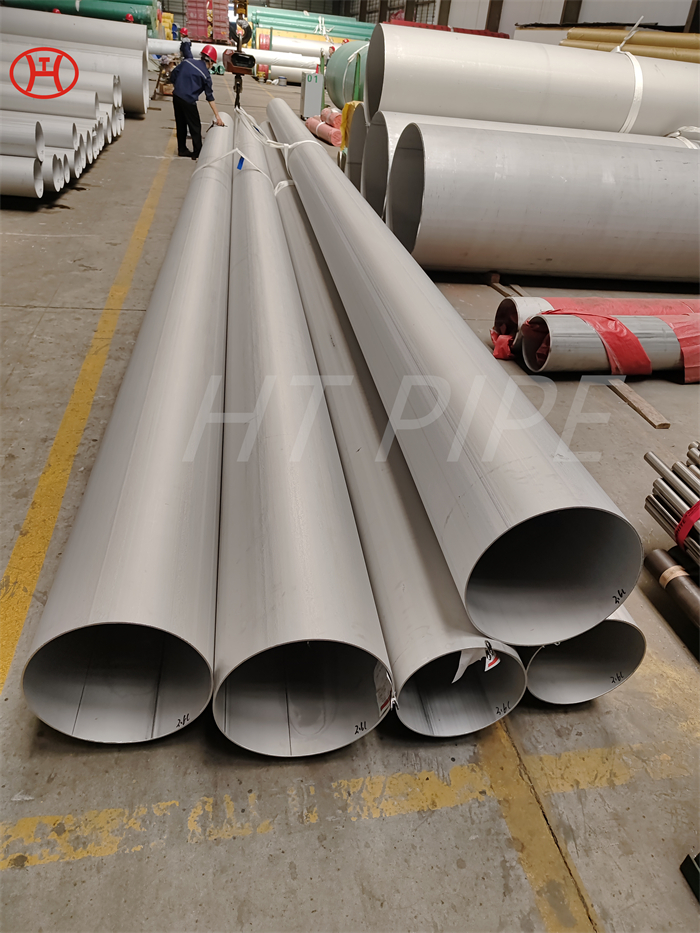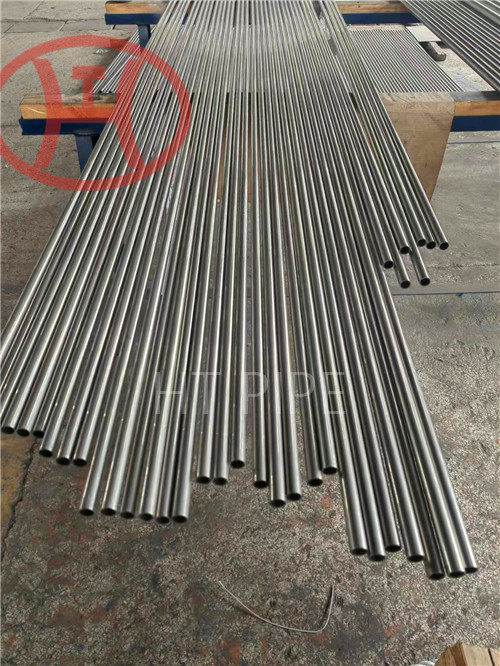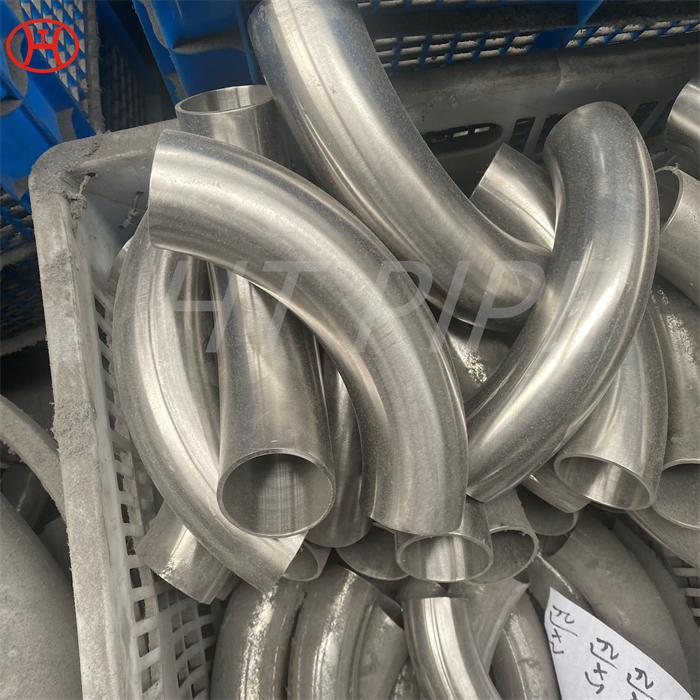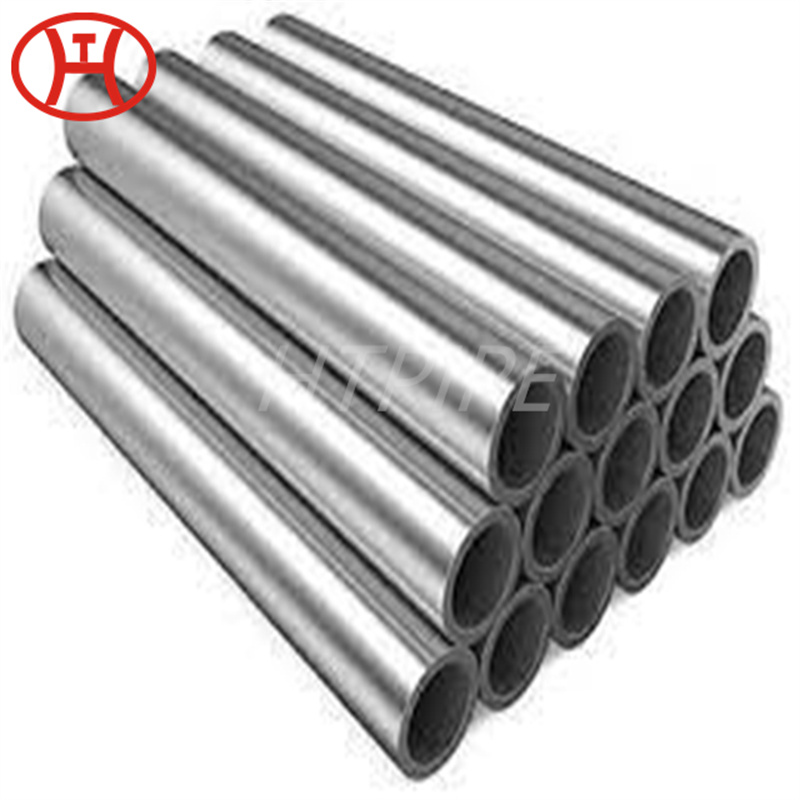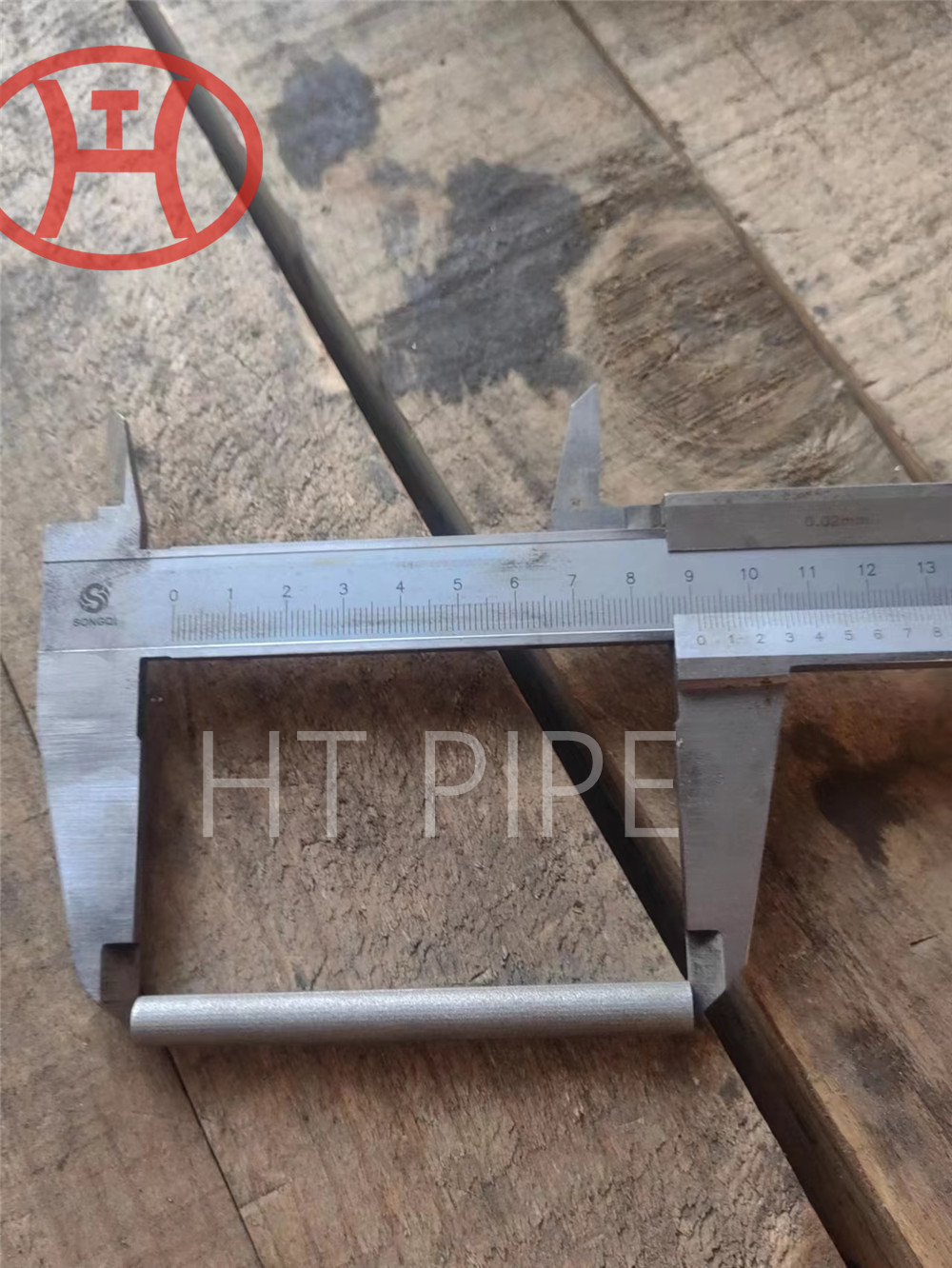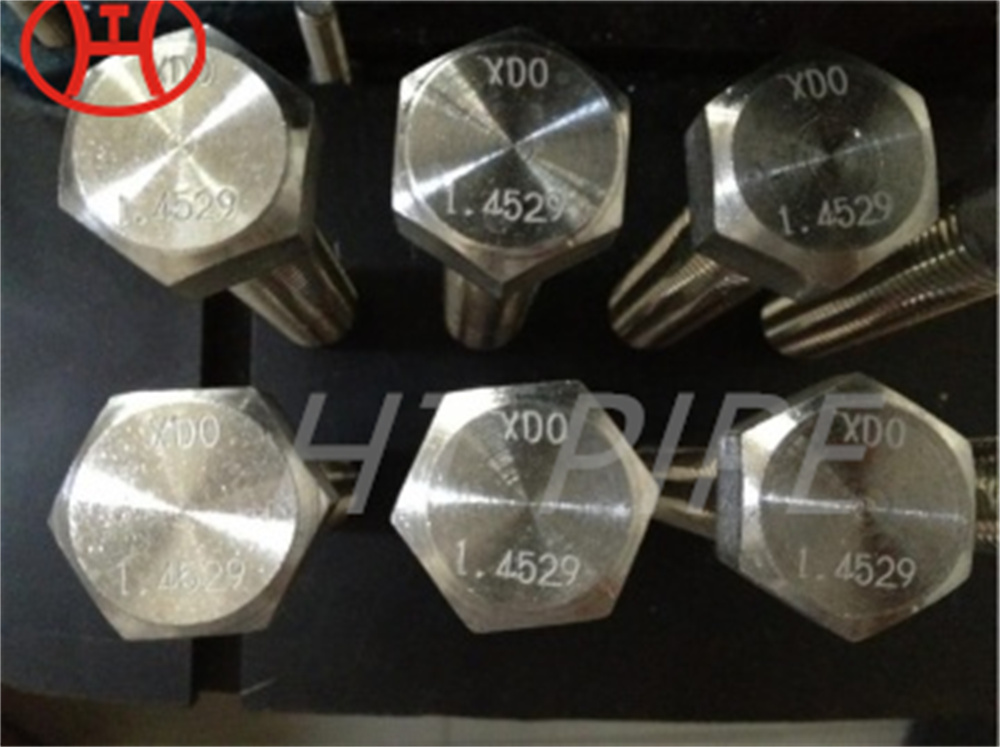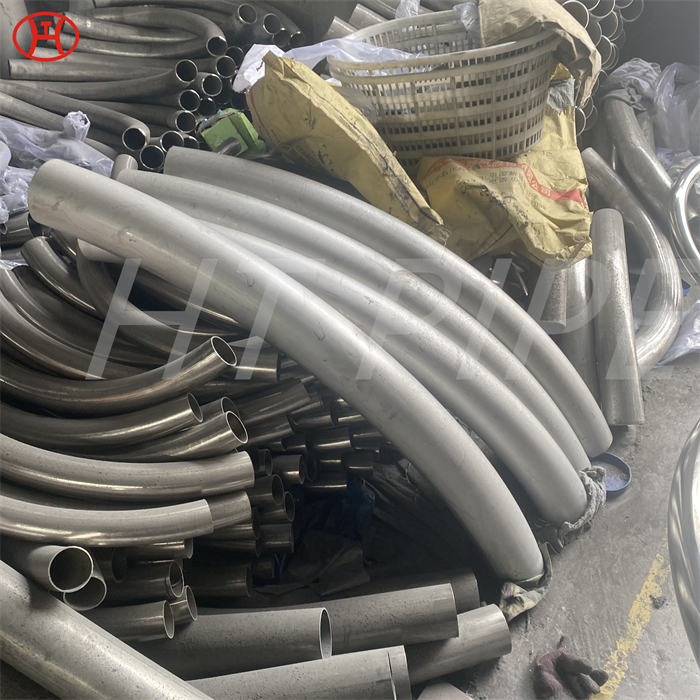Hastelloy B2 Threaded Flanges UNS N10665 WN Flanges
The material is resistant to chlorides and acids so that the primary uses are in the acid processing, chemical, sea water and marine applications.
Molybdenum content provides remarkable corrosion resistance in reducing conditions containing hydrogen chloride gas, phosphoric, sulfuric and acetic acid. This alloy resists the carbide precipitates in weld affected zones so used as-welded conditions. Hastelloy B2 Flanges is one of the products supplied and stocked by Creative Piping Solutions. The materials conform to International standards and specifications. Our professionals hold rich experience in manufacturing these flanges. We provide Hastelloy B2 Flanges in different dimensions, sizes and specifications as per the diverse demands of clients. We use latest technology to bring out the best quality flanges. Our production stock of Hastelloy Flanges includes size range from 1/2¡± to 24¡±, 26¡± to 60¡±, 1¡± to 24¡±, 1/2¡± to 24¡±, 12¡± to 60¡±, 26¡± to 48¡±, 21/16¡± to 30¡±, DN10 to DN3B2. We manufacture and supply extreme quality Hastelloy B2 Weld Neck Flanges that is available in different specifications Instinox is manufacturer and supplier of high quality and robust finish Hastelloy B2 Lap Joint Flanges.









































































































